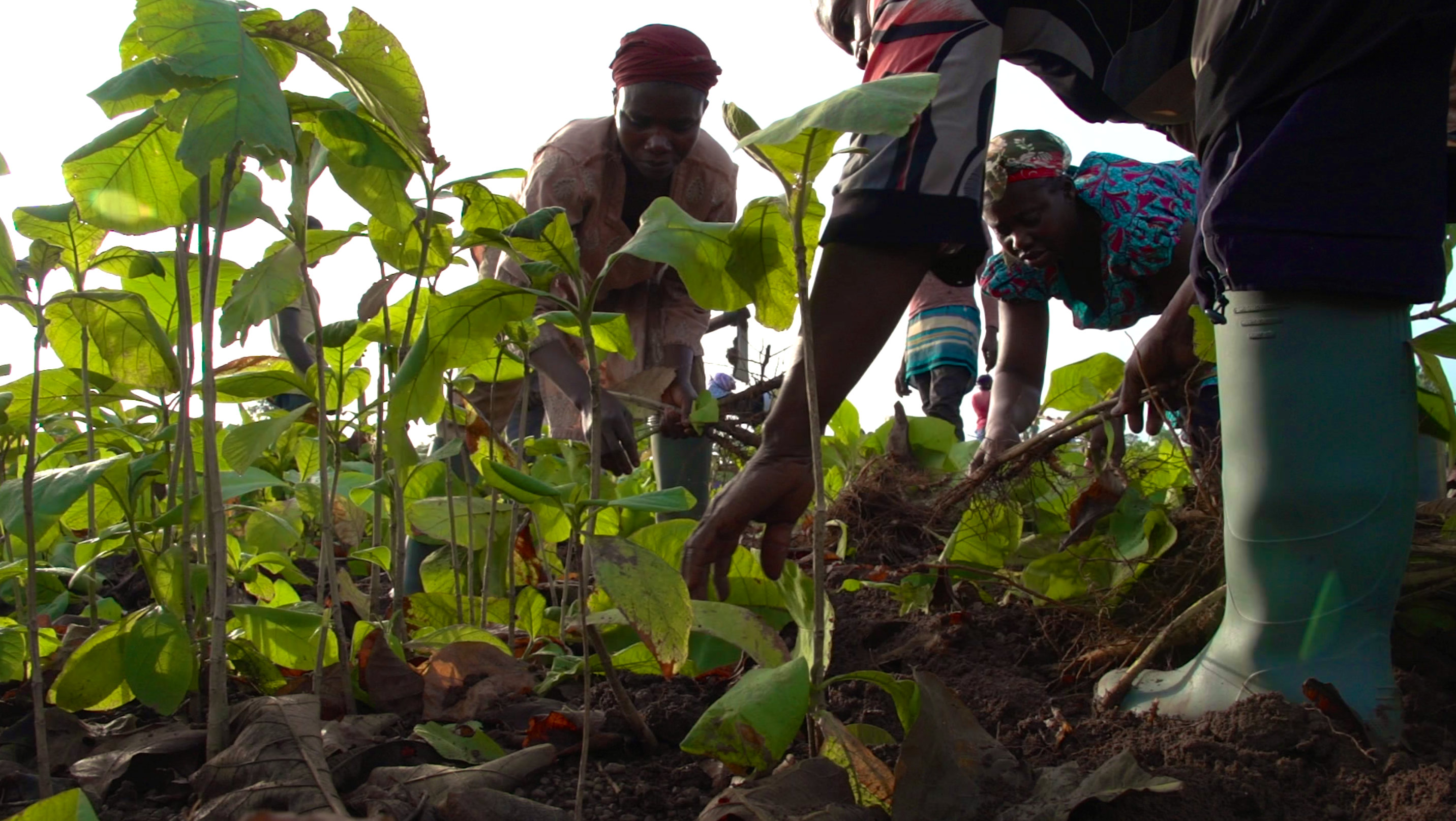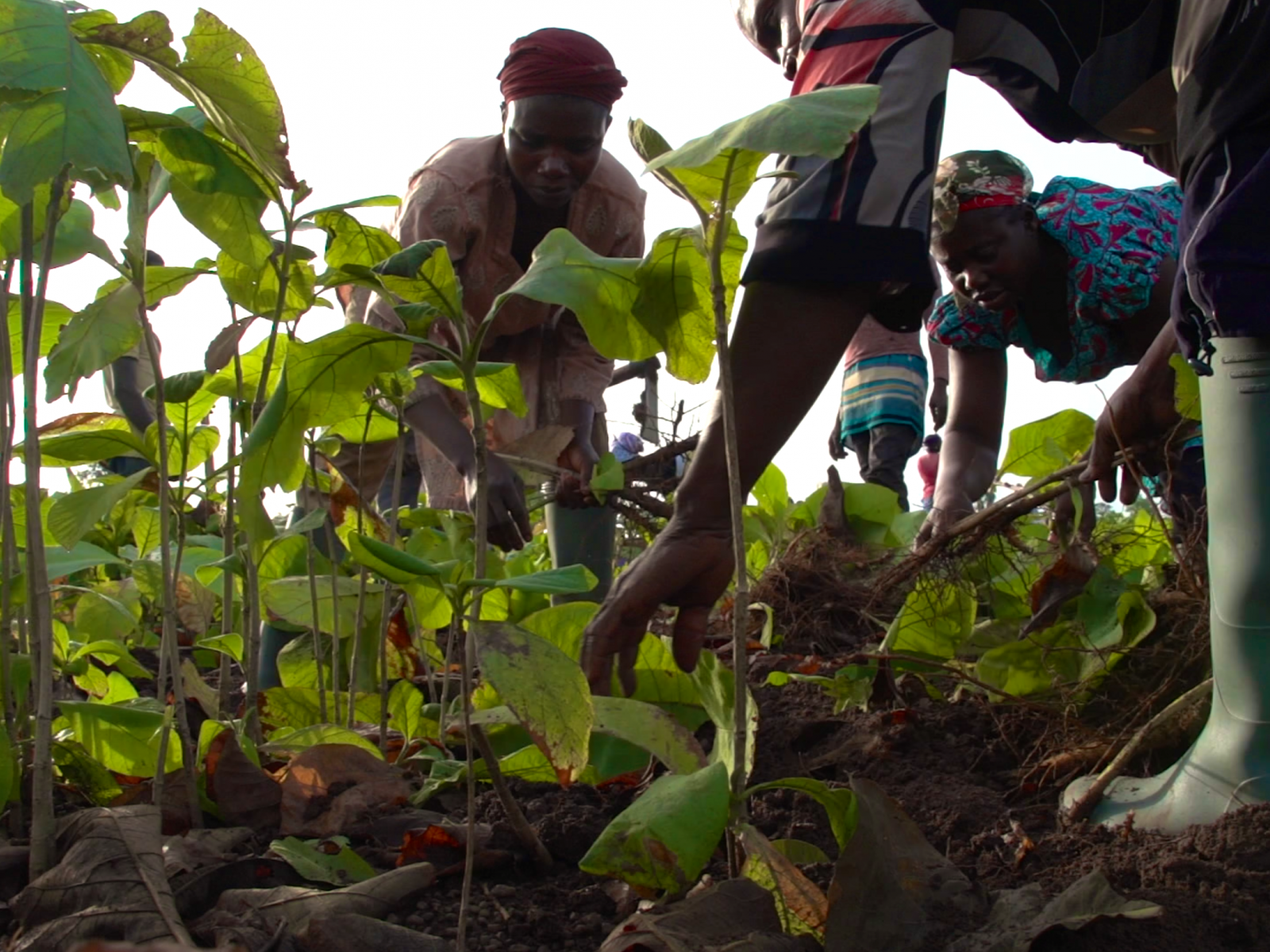An Overview Of Our Solution
- Population Impacted:
- Continent: Africa
Organization type
Population impacted
Size of agricultural area
Production quantity
People employed
Describe your solution
Describe your implementation
External connections
What is the environmental or ecological challenge you are targeting with your solution?
Describe the context in which you are operating
Whereas the forestry sector in Ghana is of great economic, ecological and social importance, forest resources are disappearing and degrading at alarming pace. Forest degradation has reduced the forest cover in Ghana from 8,5 million hectares to 1,5 million hectares. This degradation was caused by logging, forest fires and unsustainable agriculture. Population growth has followed an inverse trend and is now at 25 million. The remaining forest in Ghana is under ever increasing pressure. Because land is now less available and there are less jobs in forestry and timber transformation, young people tend to move to larger cities or migrate broad. Ghana’s National Forest Plantation Strategy aims to restore forest functions in degraded forest areas and safeguard the sector’s economic importance for the future by planting 20,000 hectares of new forest per year over the next 25 years. Form Ghana, a leading FSC certified sustainable plantation management company, has a Public Private Partnership (PPP) with the Forestry Commission and traditional land owners to develop plantations in degraded Forest Reserves to contribute to the national plantation strategy.
How did you impact natural resource use and greenhouse gas emissions?
Language(s)
Social/Community
Water
Food Security/Nutrition
Economic/Sustainable Development
Climate
Sustainability
Economic sustainability in our vision is only possible when relying on market-based revenues, from timber sales and carbon credits in this case. As forestry is a long term activity, investments need to be made first, to overcome the period between planting and harvesting. Investors are convinced by providing sound business models with a solid return on investment. The choice to include a fast growing commercial species is made to have revenues at a relatively short period of time. Grant funding or subsidies are sometimes used for research and development projects that can support the business case.
Return on investment
Entrant Banner Image

